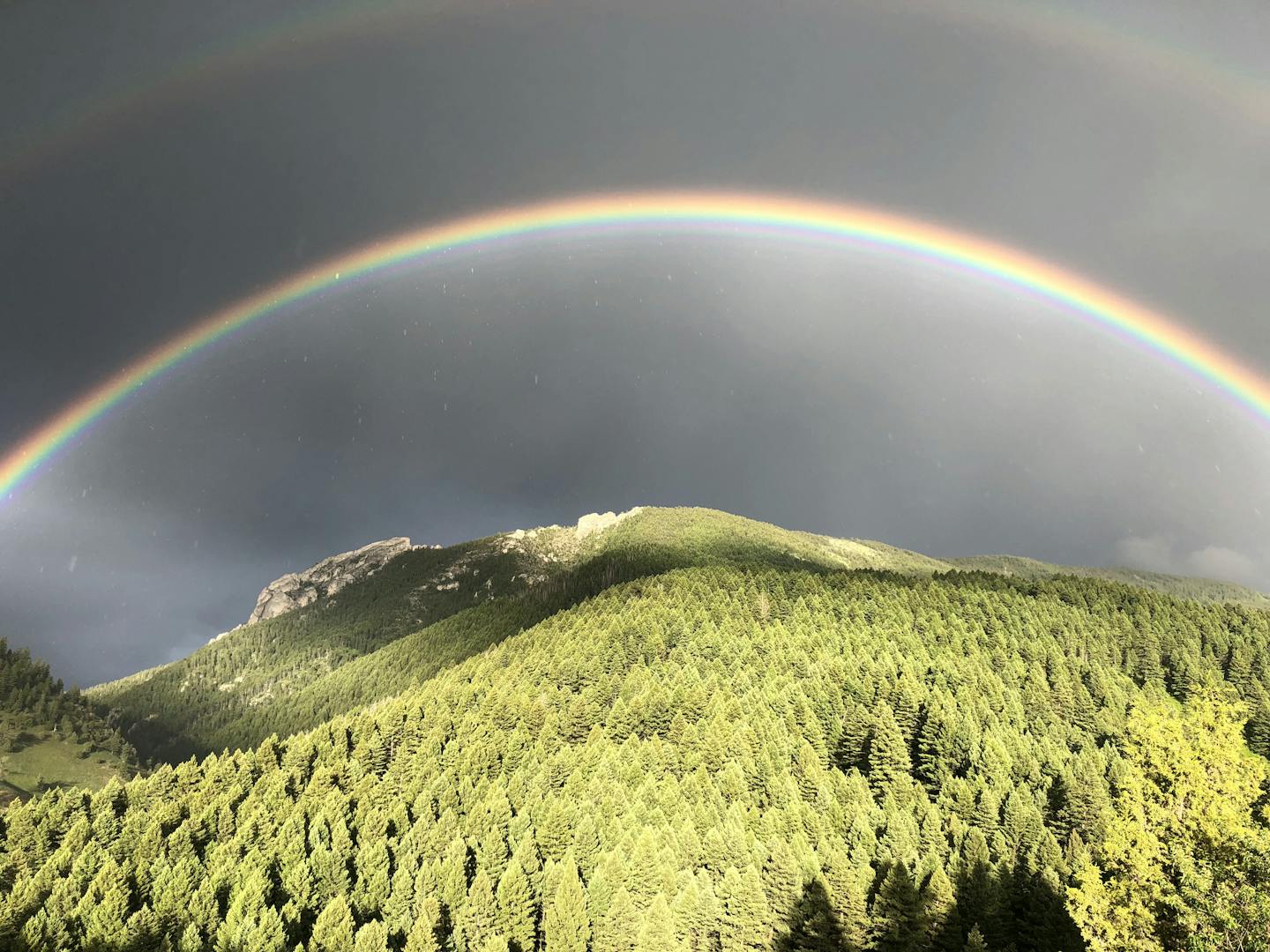Landscapes are the operable unit for large-scale land conservation
One hundred and fifty large landscapes groups across North America have declared that a transformative new era of land conservation is underway. Led by the Network for Landscape Conservation, conservation organizations, landowners, community leaders, tribal elders, academics, and more have released a new report that is both a call to action to conserve our irreplaceable natural and cultural landscapes, and a celebration of how a participatory, community-driven approach to conservation is gearing up to do just that. A new report documents enormous groundswell of people working together across communities and regions to save our imperiled natural and cultural landscapes.
Ernest Cook, former Trust for Public Land, New England Regional Director, stated: “We know today that ‘nature versus people’ is a false dichotomy. We depend on our natural landscapes for clean air and water, climate resilience and mitigation, public health, recreation, food, fiber, jobs, overall community vitality, and sense of place. People across the country and continent are rising up and banding together to conserve these imperiled landscapes while we still have the chance. The potential for collective impact is extraordinary.”
The report, Pathways Forward: Progress and Priorities in Landscape Conservation, captures the insights of 250 conservation leaders from the U.S., Canada, and Mexico who have wisdom on the rapidly growing practice of conservation at the landscape scale. The report assesses the state of the field, showcases many innovative examples, and recommends ways to further advance community-driven and culturally-driven conservation approach.
Key insights of the report include:
• A community-grounded, horizontal, and highly collaborative approach to conservation is on the rise. This is an enormous change from traditional top-down and narrowly focused approaches. People are increasingly collaborating across sectors and larger geographies, spanning both public and private lands. The report quotes a 2017 Network for Landscape Conservation (NLC) survey of 132 landscape conservation initiatives across the country that confirmed the dramatic increase in such efforts over the last two decades: Nearly 90% of the initiatives surveyed have been founded since 1990, with 45% founded in the years since 2010. The survey results also suggest that we are seeing a fundamental shift in how we approach conservation with 75% of the landscape initiatives identified as informal collaboratives.
• Land conservation is no longer about piecemeal or “random acts of conservation.” Individual acts of conservation are being enriched by ecosystem-scale thinking—the scale at which nature and culture function. Escalating habitat loss and climate change is an urgent wake-up call. Recent forest fires, hurricane flooding, and water quality and quantity issues are all reminders that we need to operate at the ecosystem scale. The report outlines how the ability to plan at the necessary larger scale is “exploding” due to new science and planning tools.
• Conservation delivers economic and human health benefits in addition to environmental upsides. The report outlines how tree cover in areas throughout the globe improves water quality and public health as well as how healthy wetlands reduce the impacts of hurricanes and save hundreds of millions of dollars in storm damages.
• Land conservation, restoration, and management are critical for both climate resilience and mitigation. The report cites a major new study that concludes natural climate solutions can provide up to 37% of the mitigation needed between now and 2030 to keep global temperature rise below 2 degrees and meet the Paris Climate Agreement—30% more than previously estimated.
• The power of place: collaborative landscape conservation brings people together around the landscape they call home and their shared vision for its future. This approach is bridging divides, increasing civility in an increasingly fractured world, and dramatically increasing conservation of the natural and cultural landscapes we cannot live without.
In the United States, the national park system was a significant milestone in land conservation history….as was the growth of the private land trust movement starting in the 1980s. Today, we are entering a new land conservation era as we increasingly embrace community-grounded and science-informed conservation practice at the large landscape scale. This phenomenon is sweeping rapidly across the US, North America and the globe, and represents our best chance to sustain the natural and cultural landscapes at the scale nature functions and human livelihoods are ecologically sustained.


